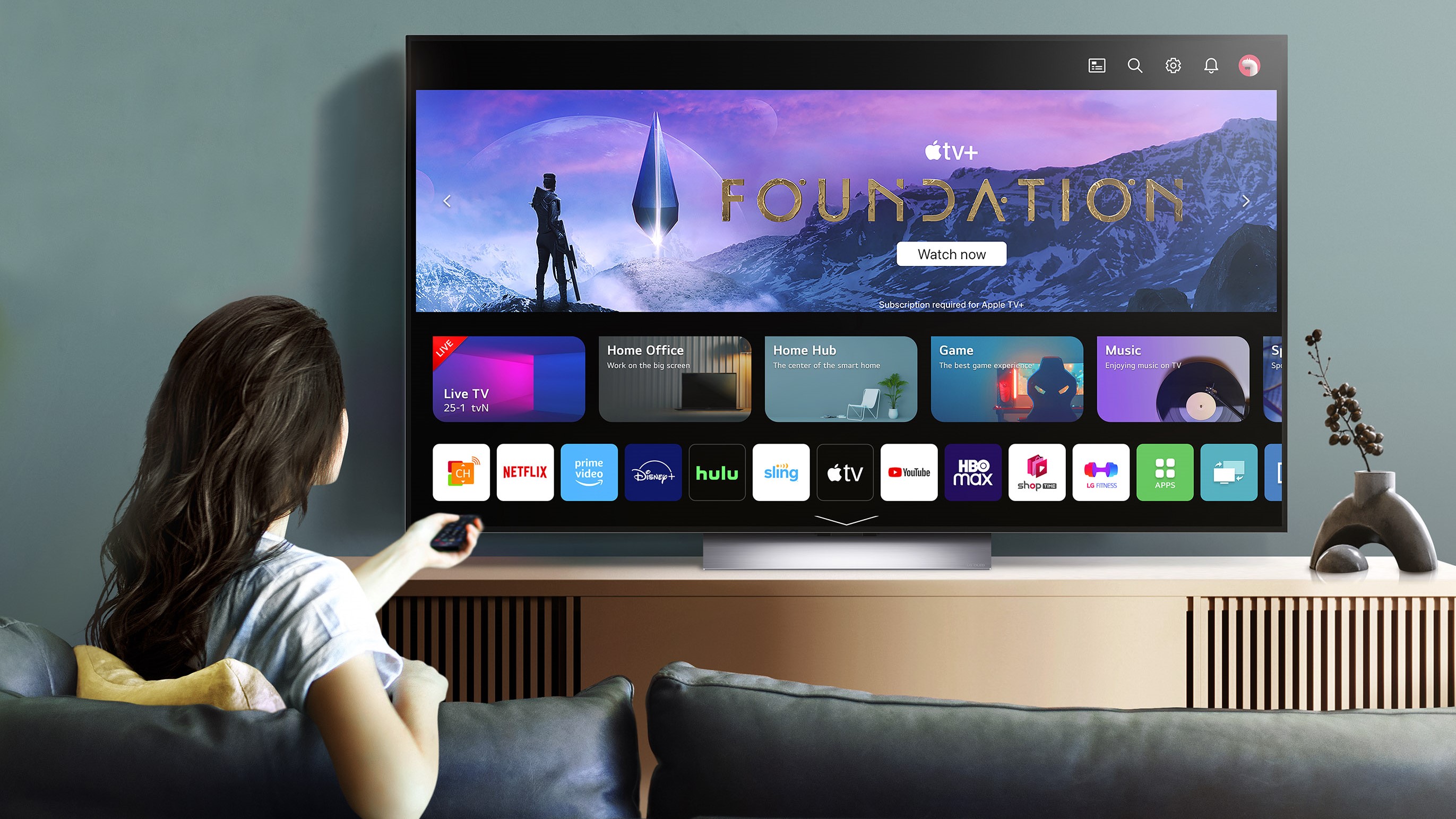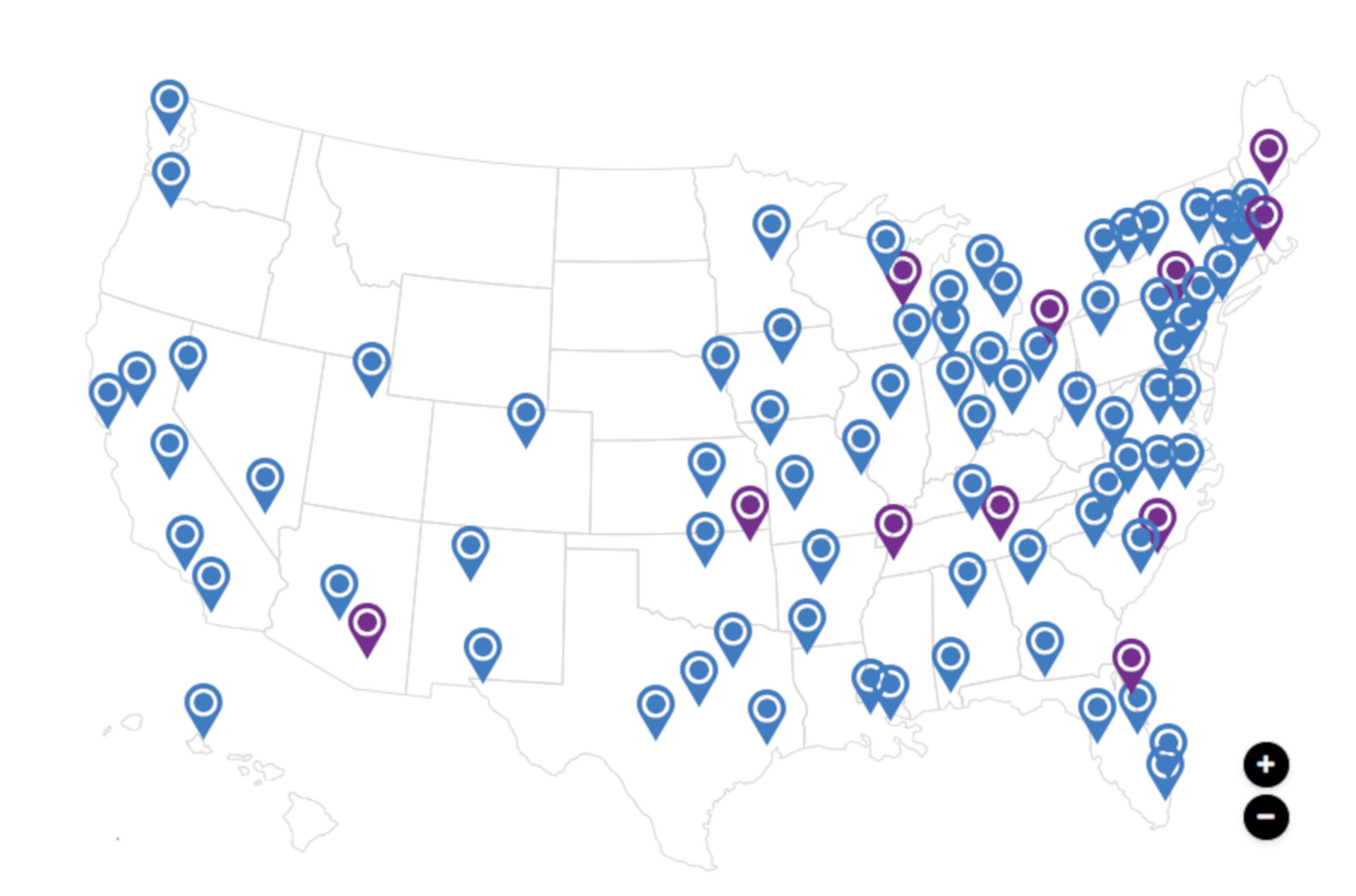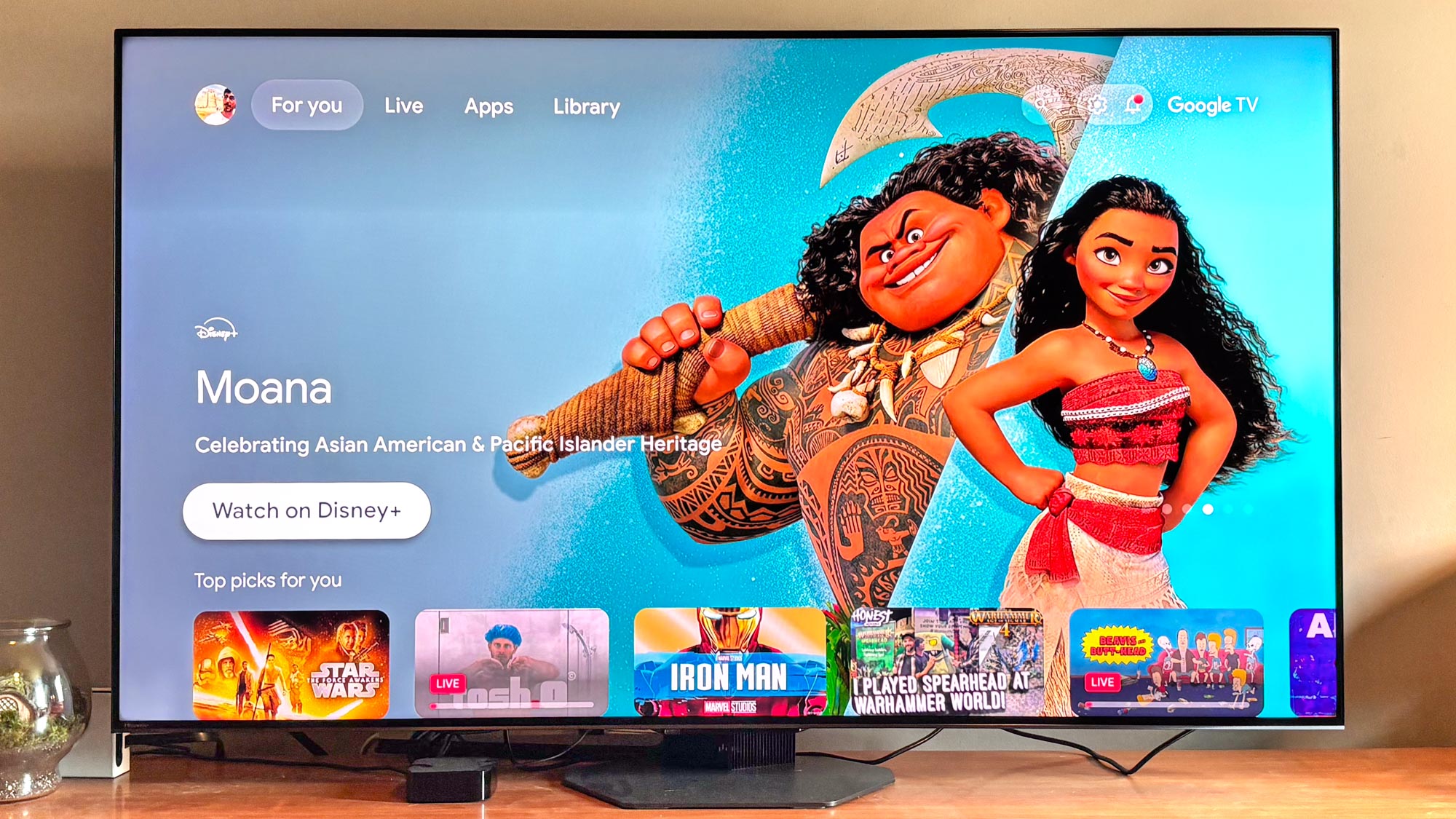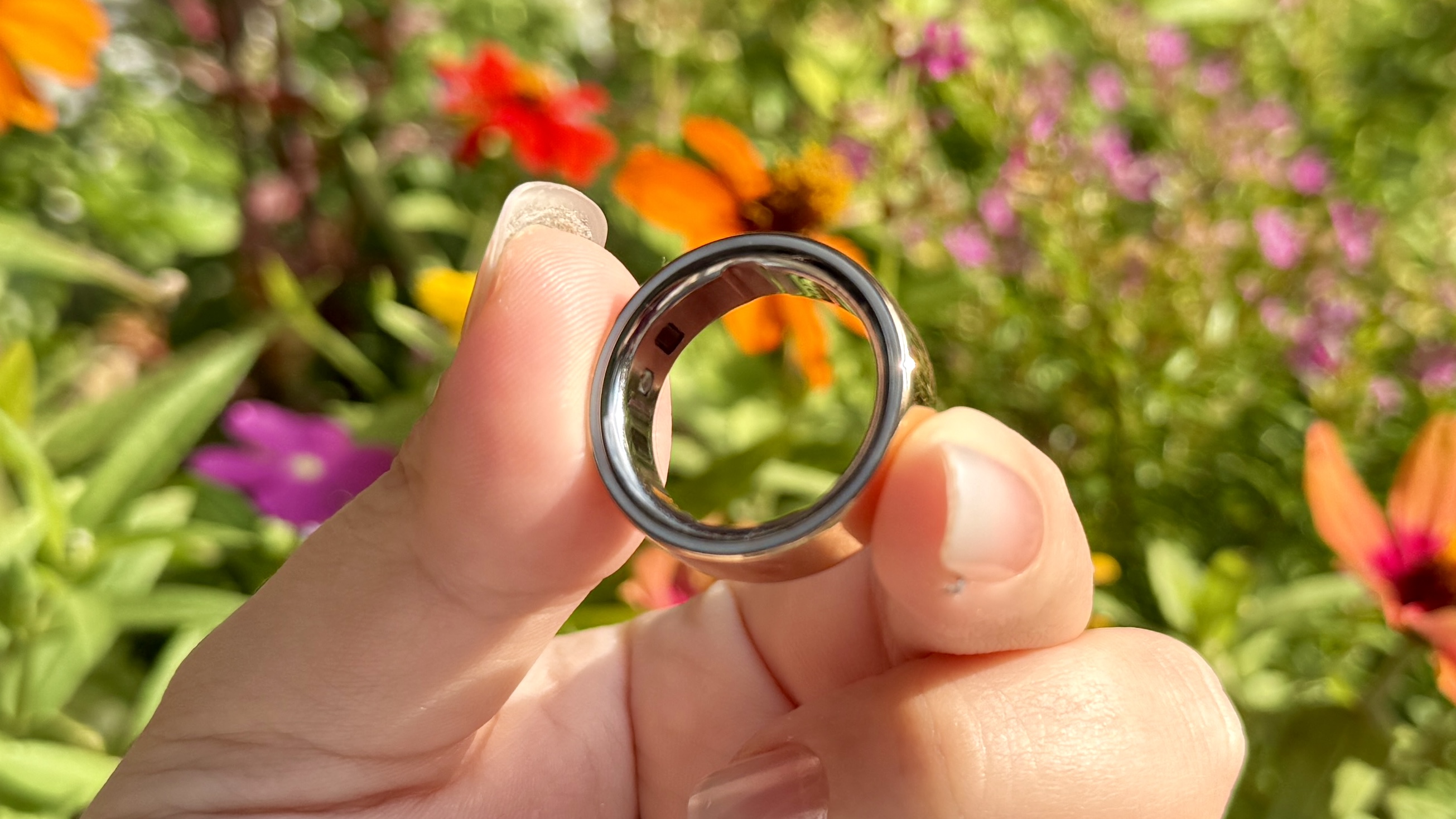You might have free 4K broadcast TV in your area — here’s how to check
It's all thanks to NextGen TV

You might think of broadcast TV as a little dated and old school, and to a certain extent, that's true. Streaming offers on-demand movies and shows in 4K resolution.
But streaming services aren't free. Over-the-air TV broadcasts are, and plenty of modern broadcast stations actually support modern tech like 4K resolution and HDR.
It's all available thanks to ATSC 3.0, also known as NextGen TV, which is the latest spec of broadcast TV that does away with outdated SD broadcasting in favor of a much more modern approach. Here's how you can tune in.
Free 4K TV is here! (Mostly)

We've written at length about NextGen TV and even have a list of the best TVs that with an ATSC 3.0 tuner. In short, ATSC offers a 4K resolution, along with HDR standards like HDR10, HLG, and even Dolby Vision (though that's not necessarily all that common as most broadcasters tend to prefer the more widely supported versions of HDR).
That's a huge upgrade over ATSC 1.0, which did not support any form of HDR and was limited to either a 720p or 1080i resolution.
Sadly, accessing ATSC 3.0 content isn't simply a case of buying a 4K TV: The stations themselves have to upgrade much of their tech in order to support the improved standard, and even then they'll have to produce content in 4K for it to actually be better. They could upgrade all of their tech and still broadcast 720p video, though to be fair, there isn't much use upgrading that tech without taking advantage of it.
The good news is that there are services that make it easy to figure out if your local broadcast station supports NextGen TV or ATSC 3.0.
Sign up to get the BEST of Tom's Guide direct to your inbox.
Get instant access to breaking news, the hottest reviews, great deals and helpful tips.
One such service is called AntennaWeb, and if you enter your zip code, it'll tell you what TV stations are available to you and show if any of them support NextGen TV.
There's also the NextGen TV website, which does a slightly better job of separating out support for Next Gen TV. For example, when I entered my zip code, I found that only one of the channels near me supports ATSC 3.0, while the rest of them do not.
How to watch over-the-air 4K shows

Even if you have a 4K TV, if it doesn't support ATSC 3.0, you won't be able to take advantage of the benefits of the newer standard.
Apart from the broadcast stations supporting ATSC 3.0, you'll also need some gear to be able to view ATSC 3.0 broadcasts. Unfortunately, the standard is not backward compatible, so even if you have a 4K TV, if it doesn't support ATSC 3.0, you won't be able to take advantage of the benefits of the newer standard.
That's right, you will need to make sure that your TV actually has an ATSC 3.0 tuner built into it, as not all modern TVs support ATSC 3.0, with plenty of them still supporting the older standard. That's especially true for the TVs in the mid-range and low-end — but even some high-end manufacturers adopted the standard, then dropped it when it was clear that the rollout of ATSC 3.0 would be very slow and that streaming was taking over.
Thankfully, all is not lost if your TV doesn't support ATSC 3.0. Instead of having to buy a new TV, there are some external ATSC 3.0 tuners that you can buy and plug into one of your TV's HDMI ports.
On top of the TV or external tuner, you'll also need an antenna that can receive the over-the-air ATSC 3.0 broadcasts. There aren't any special antennas for ATSC 3.0, but you will need to make sure that the antenna gets good enough reception. We recommend the Mohu Gateway Plus for those looking for the best TV antenna, but there are other options worth considering in some scenarios.
While not required, it's also recommended that you have an internet connection to take advantage of ATSC 3.0 broadcasts. With an internet connection, you may be able to access interactive features and on-demand content provided by ATSC 3.0 supporting networks. You probably already have an internet connection in your home, but keep in mind that you might want to connect an ATSC 3.0 tuner to the internet through a wired connection if you're using an external tuner. If it's internal to your TV, you probably already connected it to the internet when you first set up your TV.
Why aren't there more stations that support NextGen TV?

In my relatively densely populated area of Santa Cruz, California, there’s only one ATSC 3.0 channel.
Estimates suggest that around 76% of customers have access to NextGen TV broadcasts — but that in no way suggests that 76% of broadcasts themselves are ATSC 3.0. As mentioned, in my relatively densely populated area of Santa Cruz, California, there’s only one ATSC 3.0 channel.
The big question for networks is whether or not it’s even worth upgrading, when everything seems to be moving to streaming. Plenty of networks seem to be avoiding spending the money on upgrading their broadcast infrastructure in favor of slowly switching customers over to streamed feeds of their programming.
Of course, with that comes all kinds of other questions. Will you be able to access these streamed feeds for free, or will you have to pay for them? It's also worth noting that the FCC requires broadcasters to continue broadcasting ATSC 1.0 signals alongside their ATSC 3.0 broadcasts until July 2027. Even after that, plenty of networks will likely continue using the older standard.
It remains to be seen how it will all shake out, but if you currently watch free-to-air TV, there's really no reason not to make sure you're able to watch next-gen TV broadcasts ... well, unless you really don't want to spend the money on the appropriate gear or find out that there are no broadcast stations that support the new standard in your area.
If you're keen to get in on the next wave of free 4K HDR TV, however, it's a worthwhile investment.
More from Tom's Guide
Christian de Looper is a freelance writer who has covered every facet of consumer tech, including mobile, audio, home theater, computing, gaming, and even car tech. At Tom’s Guide, Christian covers TV and home theater tech, and has reviewed dozens of TVs, soundbars, and A/V receivers, including those from the likes of Samsung, Hisense, TCL, and Vizio.
You must confirm your public display name before commenting
Please logout and then login again, you will then be prompted to enter your display name.

